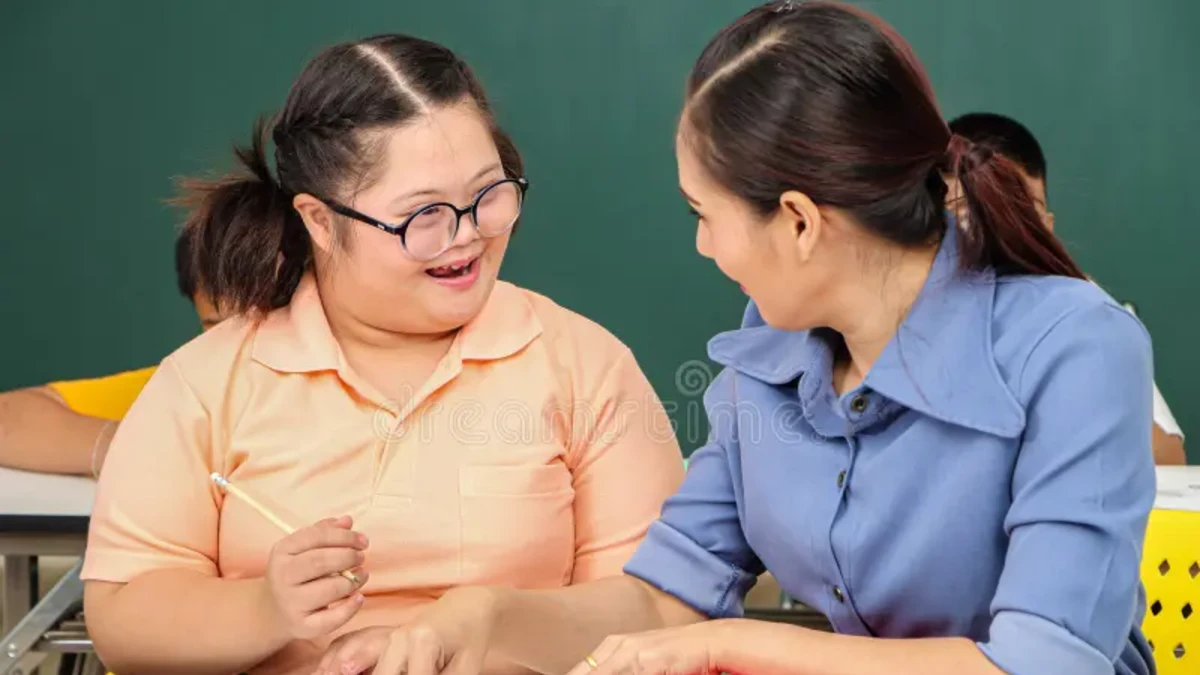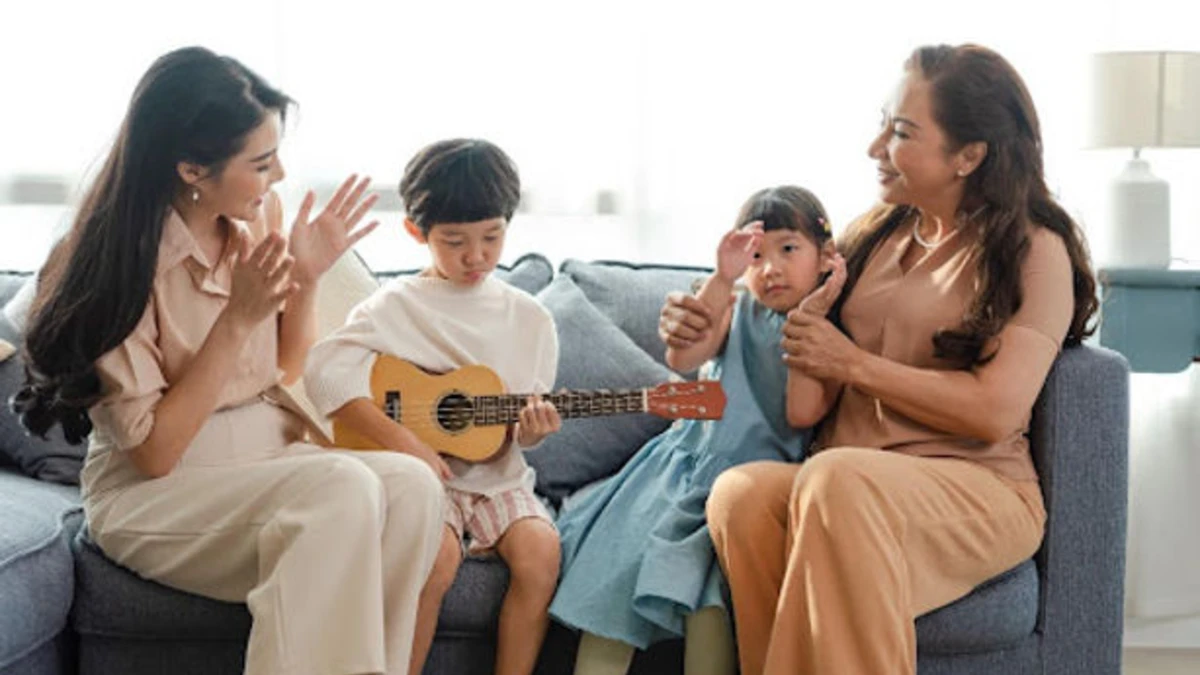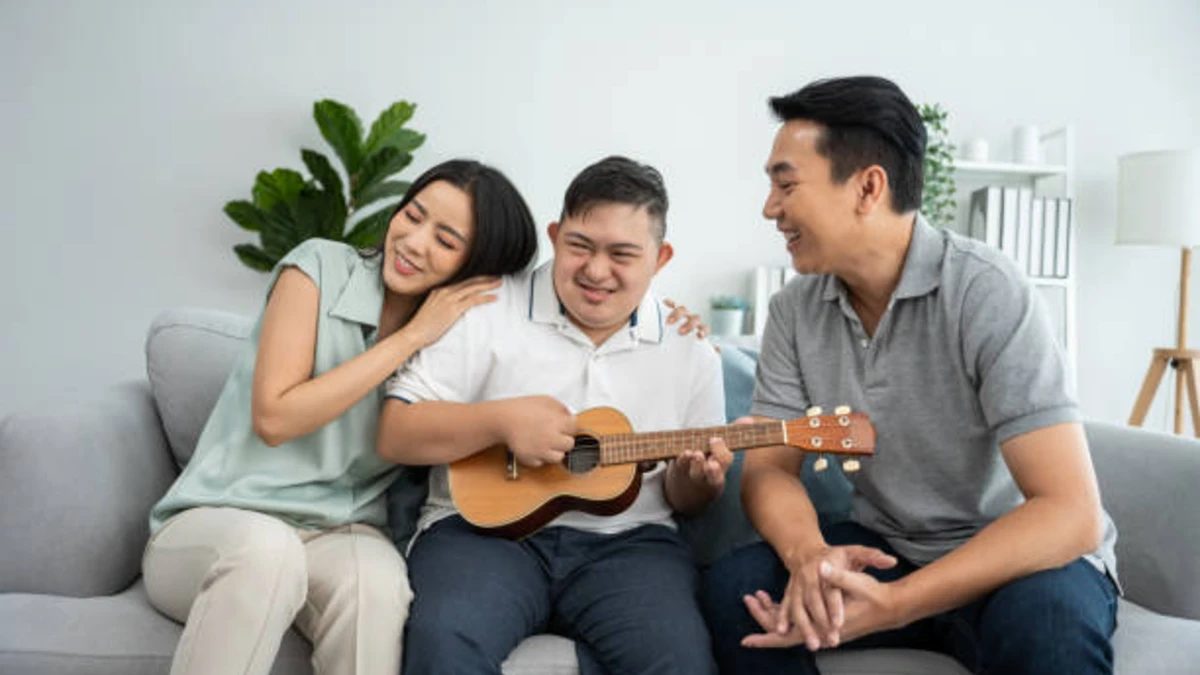Step 1: Explore Categories
From numbers to emotions, each section is crafted for ease. Use categories to focus on relevant words.
My Avaaz organizes vocabulary into intuitive categories that mirror how children naturally think about the world. The "بنیادی ضروریات" (Basic Needs) category includes essential words like "پانی" (water), "کھانا" (food), and "نیند" (sleep). This category is typically the first one parents and therapists introduce, as these words address immediate, daily needs.
The "احساسات" (Emotions) category helps children express their internal states, from "خوش" (happy) to "غمگین" (sad) to "غصہ" (angry). This category is crucial for emotional regulation and social communication. Dr. Aisha Malik, a child psychologist in Islamabad, emphasizes: "Being able to express emotions is fundamental to mental health and social relationships. My Avaaz gives children the vocabulary they need to communicate their feelings effectively."
Educational categories like "رنگ" (colors), "شکل" (shapes), and "نمبر" (numbers) support academic learning while maintaining the communication focus. These categories are designed to be used in classroom settings, helping children participate in educational activities while developing their communication skills.

Step 2: Click to Speak
Clicking a card triggers Urdu audio. Children associate meaning with repetition and hearing.
The audio feedback system in My Avaaz is designed to reinforce learning through multiple sensory channels. When a child taps a card, they receive immediate auditory confirmation, which helps establish cause-and-effect relationships. This is particularly important for children with autism, who often benefit from clear, predictable feedback.
Dr. Hassan Ali, a speech-language pathologist at the National Institute of Special Education, explains: "The immediate audio response creates a feedback loop that strengthens neural pathways. Each time a child hears 'پانی' (water) while seeing the visual representation, they're building stronger connections between the word, its meaning, and its use."
My Avaaz includes customizable audio settings that allow parents and therapists to adjust the speech rate, volume, and voice characteristics. Some children respond better to slower speech, while others prefer faster delivery. The app also includes options for different voice types, ensuring that every child can find their optimal learning configuration.
The app tracks which words a child uses most frequently, providing valuable data for parents and therapists. This information helps identify the child's communication patterns, preferences, and areas where additional support might be needed.

Step 3: Use Search
Search using English, Urdu, or transliteration. Easy for parents to assist and clinicians to track usage.
The search functionality in My Avaaz is designed to accommodate the diverse linguistic backgrounds of Pakistani families. Parents who are more comfortable with English can search using English terms, while those who prefer Urdu can use the native script. The transliteration feature bridges the gap, allowing users to type Urdu words using English letters.
For example, a parent can search for "water" in English, "پانی" in Urdu script, or "paani" in transliteration—all leading to the same word card. This flexibility ensures that family members with different language preferences can all participate in the child's communication development.
The search feature includes intelligent suggestions and auto-complete functionality, making it easy to find words even with partial input. This is particularly helpful for parents who are learning Urdu or who are unsure of exact spellings.

Advanced Features for Professionals
My Avaaz includes professional features designed specifically for speech therapists, special education teachers, and other healthcare providers. These features support evidence-based practice and help professionals track progress and customize interventions.
The app includes a comprehensive assessment module that helps professionals evaluate a child's communication abilities and identify areas for improvement. This assessment can be conducted in Urdu, English, or a combination of both, depending on the child's linguistic background and the professional's preferences.
Progress tracking features allow professionals to monitor a child's development over time, identifying patterns and trends that inform treatment planning. The app generates detailed reports that can be shared with families and other team members, ensuring continuity of care and collaboration.
Family Integration Strategies
Successful AAC implementation requires active family involvement. My Avaaz includes specific features and strategies designed to support family engagement and ensure that communication development continues at home.
Family training modules help parents and caregivers understand how to use the app effectively and how to support their child's communication development. These modules are available in both Urdu and English, ensuring accessibility for all family members.
The app includes collaborative features that allow family members to contribute to the child's communication system. Parents can record their own voices for certain words, add personal photos, and customize the interface to reflect their family's unique needs and preferences.
School and Community Integration
My Avaaz is designed to work seamlessly in educational and community settings. The app includes features that support classroom use, group activities, and community interaction.
Teachers can create custom boards for specific subjects or activities, ensuring that the app adapts to various educational contexts. The app also includes group activity features that encourage peer interaction and social communication.
Community integration features help children practice communication in real-world settings. The app includes scenario-based learning modules that prepare children for various social situations, from shopping to visiting the doctor to participating in community events.
Success Stories from the Field
Mrs. Saima Khan, a special education teacher in Lahore, shares her experience: "My Avaaz has transformed our classroom. Children who were previously non-verbal are now actively participating in lessons and social activities. The app has become an essential tool in our teaching toolkit."
Dr. Ayesha Hassan, a pediatrician in Karachi, notes: "From a medical perspective, My Avaaz addresses a critical gap in healthcare accessibility. Children who can communicate their needs and symptoms receive better medical care and have improved health outcomes."
Parent testimonials highlight the app's impact on family dynamics. "My Avaaz has given our family a new way to connect," shares Mr. Ahmed from Multan. "For the first time, we can have conversations with our daughter. It's changed everything."
